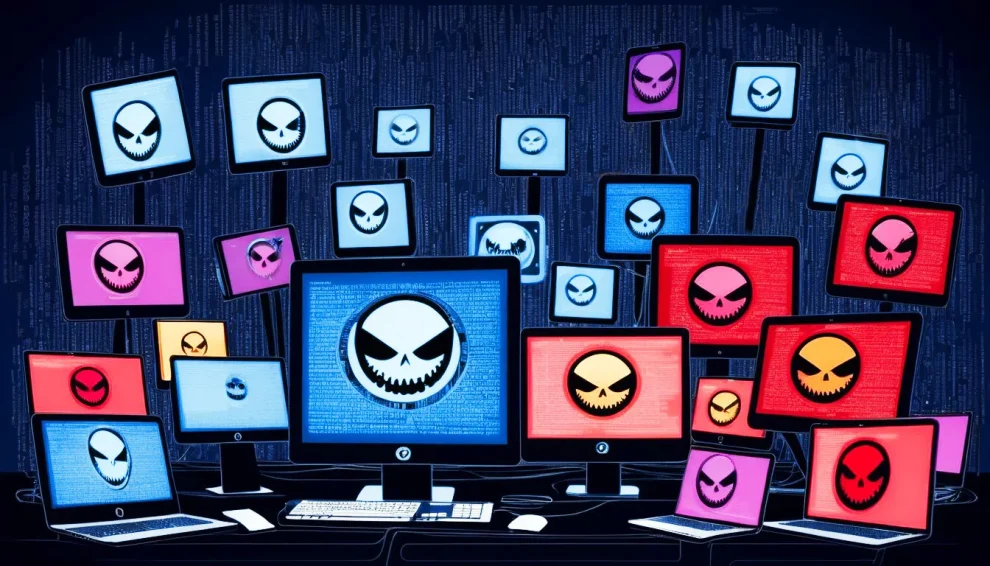Understanding UEFI and the Scope of the Threat
UEFI serves as the critical interface between a computer’s hardware and its operating system. Unlike its predecessor, BIOS, UEFI offers enhanced flexibility and security features. However, the discovery of CVE-2024-0762 demonstrates that even advanced systems can harbor significant vulnerabilities.
The affected firmware, Phoenix SecureCore, is widely utilized across the industry. Numerous PC manufacturers license this solution, potentially leaving millions of devices from various brands and models susceptible to exploitation if left unaddressed.
Technical Deep Dive: CVE-2024-0762 Explained
At its core, CVE-2024-0762 stems from a flaw in how the firmware processes Trusted Platform Module (TPM) configuration data. An unsafe variable within this mechanism creates the conditions for a buffer overflow – a scenario where excess data overflows its designated memory space, potentially corrupting adjacent memory locations.
The implications of this vulnerability are severe. Successful exploitation could allow attackers to:
- Install persistent malware that survives system reboots
- Tamper with the boot process, potentially loading malicious programs
- Steal sensitive data, including passwords and encryption keys
Who’s Affected and How to Protect Your Systems
The vulnerability was first identified by researchers at Eclypsium, a supply chain security firm. Following responsible disclosure practices, they alerted Phoenix Technologies, the firmware developer. In response, Phoenix released a patch in April 2024 to address the issue.
Now, the responsibility falls on both PC manufacturers and end-users to ensure their devices receive the necessary firmware updates. Here are essential steps to protect your systems:
1. Check for Firmware Updates
Visit your PC manufacturer’s official website and locate the support section for your specific device model. Look for any available UEFI firmware updates and follow the installation instructions carefully.
2. Enable Automatic Updates (If Available)
Some manufacturers offer automatic firmware update options. Enabling this feature ensures your system receives the latest security patches without manual intervention.
3. Exercise Caution with Third-Party Sources
Only download and install firmware updates from your device manufacturer’s official channels. Avoid untrusted sources to minimize the risk of introducing additional vulnerabilities or malware.
The Ongoing Battle Against Cyber Threats
While patching CVE-2024-0762 is crucial, it’s important to recognize that it’s not a silver bullet against all potential threats. Consider these ongoing risks:
Zero-Day Attacks
Cybercriminals may develop exploitation methods before patches are widely deployed, leading to zero-day attacks.
Advanced Persistent Threats (APTs)
Sophisticated hacking groups might have already discovered and exploited the vulnerability prior to its public disclosure.
Mitigating Future Risks: A Collective Effort
To reduce the likelihood of similar vulnerabilities in the future, the tech industry must take proactive measures:
Enhancing Supply Chain Security
Stronger collaboration between hardware and software vendors can lead to a more secure development process, potentially identifying vulnerabilities before they reach end-users.
Prioritizing Secure Coding Practices
Software developers must place a greater emphasis on secure coding techniques to minimize the introduction of vulnerabilities during the development process.
Implementing Regular Security Audits
Frequent security assessments of both firmware and software can help identify and address potential vulnerabilities before they can be exploited by malicious actors.
Conclusion: Vigilance in the Face of Evolving Threats
The discovery of CVE-2024-0762 serves as a stark reminder of the critical importance of robust security measures at the firmware level. While the immediate threat can be mitigated through patching, this incident highlights the need for ongoing vigilance in our increasingly connected world.
By taking prompt action to apply available patches, practicing good security hygiene, and advocating for more secure development processes, both users and manufacturers can contribute to a safer digital ecosystem. However, it’s crucial to remember that cybersecurity is an ongoing process, not a one-time fix.
As we move forward, the tech industry must prioritize secure coding practices, foster greater collaboration, and maintain a proactive stance against potential vulnerabilities. Only through collective effort and continuous improvement can we hope to stay one step ahead of evolving cyber threats.
Key Takeaways
- CVE-2024-0762 is a high-severity UEFI vulnerability affecting millions of devices
- Successful exploitation could lead to complete system takeover
- Check your manufacturer’s website for firmware updates and apply them promptly
- Enable automatic updates when available
- Remain vigilant against potential zero-day attacks and APTs
- The tech industry must prioritize secure development practices to mitigate future risks
By staying informed and taking proactive measures, we can collectively work towards a more secure digital future. Remember, in the world of cybersecurity, complacency is the enemy of safety.
















Add Comment